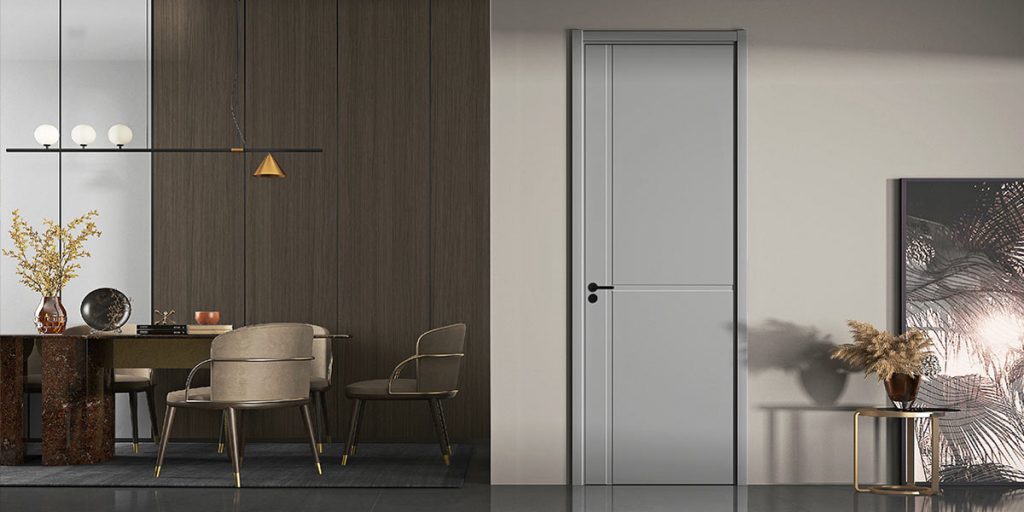
In the realm of modern interior design, the use of glass has become synonymous with elegance, sophistication, and functionality. Glass interior doors, in particular, have gained widespread popularity for their ability to enhance natural light, create a sense of openness, and add a touch of contemporary flair to any space. In this article, we'll explore the enduring allure of glass interior doors and how they continue to shape the aesthetic and functionality of modern living environments.
- Maximizing Natural Light: One of the most compelling benefits of glass interior doors is their ability to maximize the flow of natural light throughout a space. By allowing light to penetrate from room to room, these doors create a bright and airy ambiance that can significantly enhance the overall mood and atmosphere of a home. In spaces where access to natural light is limited, such as interior rooms or corridors, glass doors serve as conduits for sunlight, helping to alleviate feelings of confinement and creating a more inviting environment.
- Creating Visual Continuity: Modern Interior Doors excel at creating visual continuity and spatial flow within a home. Unlike solid doors that can create visual barriers and compartmentalize spaces, glass doors maintain a sense of openness and connectivity between rooms. This seamless transition not only enhances the perceived size of a space but also encourages a sense of cohesion and harmony throughout the home. Whether used in open-plan living areas or smaller rooms, glass doors contribute to a more fluid and dynamic spatial experience.
- Enhancing Architectural Features: Glass interior doors have a transformative effect on the architectural character of a space, accentuating key design elements and features. When paired with sleek metal frames or minimalist hardware, glass doors add a contemporary edge to traditional architectural styles, creating a striking juxtaposition of old and new. Additionally, glass doors can be customized with frosted or textured finishes to obscure visibility while still allowing light to filter through, offering privacy without sacrificing aesthetics.
- Versatility in Design: One of the most appealing aspects of glass interior doors is their versatility in design. From frameless, floor-to-ceiling installations to sliding, pocket, or bi-fold configurations, glass doors can be tailored to suit a wide range of architectural and design preferences. Clear glass doors are ideal for maximizing light and maintaining a sense of openness, while tinted or frosted glass options offer privacy and subtle diffusion of light. Moreover, glass doors can be combined with other materials such as wood or metal to create custom designs that blend seamlessly with the overall aesthetic of a space.
- Easy Maintenance and Durability: Contrary to common misconceptions, glass interior doors are remarkably durable and require minimal maintenance to keep them looking their best. Modern advancements in glass technology have led to the development of tempered and laminated glass varieties that are highly resistant to breakage and scratches, making them suitable for high-traffic areas. Additionally, cleaning and maintaining glass doors is a straightforward process, typically requiring nothing more than a gentle wipe with a glass cleaner and a soft cloth.
Conclusion: Glass interior doors epitomize the marriage of form and function in modern design, offering a myriad of benefits that enhance both the aesthetic appeal and functionality of a space. Whether used to maximize natural light, create visual continuity, or enhance architectural features, glass doors have become indispensable elements in contemporary interior design. With their versatility in design, ease of maintenance, and timeless elegance, glass interior doors continue to captivate homeowners and designers alike, shaping the way we experience and interact with our living environments.